
Decal Releaing
The first time I watched Mike Flanagan’s Midnight Mass, I hated it.
Hated it so bad that I went online looking for people to talk about how bad it was. It was murderously slow, weighed down by long speeches and self-indulgent meditations—including several actual sermons—not to mention that its villains were convenient stereotypes and it killed a dog.
I watched it twice, just to make sure I hadn’t missed any of the awful.
Then again.
By the fourth viewing I began to see that my only reason for hating Midnight Mass was that I actually kind of loved it.
I had a similar, less intense reaction to The Life of Chuck.
The moment I heard Nick Offerman’s ponderous narration, I thought—oh Jesus, voiceovers. The mark of every half-assed literary adaptation. Once again we had these slow, Flanaganian scenes where nothing in particular happens. Things not happening seemed to be the point of the story. Or maybe it’s better to say that seeing things un-happen was the point: over the course of three self-contained episodes, we are watching the title character’s life unfold in reverse, starting with the moment of his death and moving backward to his beginning.
I felt nothing watching it, only a mild annoyance that if this was about Chuck dying, then he needed to get on with it.
Then the end came. And suddenly I felt everything.
Mike Flanagan’s experience in horror serves him well.
As we all learned watching Psycho and The Exorcist, the real scares are what we’re left feeling after the screen goes dark. Although you will find no jump scares or bent-neck ladies here, Flanagan is using many of the same techniques he developed in The Haunting of Hill House: the elliptical storytelling, the did-I-see-that images in the corner in your eye. It gives your brain little puzzles to work out. Flanagan’s chosen territory isn’t what happens in the moment but what we remember.
Like many of his standalone features (Doctor Sleep, Gerald’s Game), The Life of Chuck is adapted from a work by Stephen King.
King is not exactly known for self-editing, and he’s not shy about expressing frustration with people who cut his prose to the bone.
In Mike Flanagan he’s found his man. A master of meditative horror, Flanagan will gladly pause mid-scene to let his characters opine, even with ghosts and vampires battering down the door. Seeing as The Life of Chuck began as King’s own reflection on aging and death, the approach works.
The first Act of The Life of Chuck—or rather Act III, since we’re starting at the end—is called “Thanks, Chuck.”
You won’t likely forget this, since these words appear everywhere in the nondescript New England suburb where the story supposedly takes place (it was filmed in and around my native Mobile, Alabama). Things are not going well in wherever we are.
The Internet goes down, giant sinkholes appear in the streets, electricity stops running and nobody seems able to do much about it. A teacher named Marty (Chiwetel Ejiofor) teaches Walt Whitman while the world goes to hell: “I am large, I contain multitudes” is our first reminder that King still contains a high school English teacher.
It’s also a major clue as to what The Life of Chuck is really about.
Only one thing still seems to be working: the omnipresent billboards, bus shelter signs and television ads reading “39 Great Years—Thanks, Chuck!” They show a middle-aged accountant that we instantly recognize as Tom Hiddleston in wire-rimmed glasses. Marty refers to them as “society’s last meme.”
Even though Hiddleston is a big-name actor playing the title character, his Act III performance consists of one jarring moment: his death. If we hadn’t guessed already, it’s not our world that’s ending, it’s Chuck’s.
Everything we’ve seen is just his mind’s way of saying goodbye to itself. The multitudes he contains—a fellow commuter, an elderly mortician waiting for his bus, a young girl on roller skates, his ex-wife—are all pieces of dreams and memories (the mortician presided over his grandfather’s funeral; Felicia, Marty’s ex-wife, works at the hospital where Chuck dies).
They reflect on what death must be like for the person dying: not one but many farewells.
We can’t know what it is to die, of course, but we all occasionally imagine. Mostly we hope it will be peaceful and surrounded by people we love. So it is with Chuck’s untimely death of a brain tumor at the age of 39 (now we know what the billboards are about), attended by a wife we’ll never know.
Act II, “Buskers Forever,” takes us to nine months before Chuck’s death and is told through the eyes of a street drummer (Taylor Gordon, a real-life drummer better known as The Pocket Queen) who can’t draw a crowd until Chuck walks by, a nondescript man in a gray suit. Red socks peek out beneath his trouser cuffs: every Flanagan fan knows that red is always a sign that something big is about to happen.
He begins to dance, astonishing well. He beckons to a young woman, Janice (Annalise Basso), who’s also astonishingly good. The two of them move just like Gene Kelly and Rita Hayworth in Cover Girl, a movie that young Chuck will later (earlier?) watch with his grandfather.
And yet the something big doesn’t happen. Chuck turns down the drummer’s offer to team up. Janice becomes the girl that got away. Chuck has his wife, his job. The gray suit wins. As in so many Boston games, the red socks lose.
Act I passes the baton from Hiddleston to a pair of young actors (Jacob Trembelay, Benjamin Pajak) who play Chuck through childhood. Voice of Ron Swanson returns to tell us that Chuck was orphaned when his parents died in a car wreck along with his unborn sister. He is raised by his Zayde (Mark Hamill, so good at being old that he almost makes you forget about Luke Skywalker) and Bubbe (Mia Sara, so good at looking ageless that you cannot possibly forget Ferris Bueller’s Day Off). Each of his grandparents helps shape the man he will become: Zayde by teaching him the romance of numbers, Bubbe by sharing her love of dance.
And so it turns out that young Chuck was a dancer, that there was a girl who got away: Cat McCoy (Trinity Bliss), who is dating another boy and is a foot taller than Chuck, making her both figuratively and literally unreachable. He teaches her to moonwalk. She begs him to join her on the floor at the school dance. They have no future together, but their last dance will live in his imagination until he dies.
This being a Mike Flanagan joint, we get cameos from his stock company of players.
As Chuck’s dance teacher, Samantha Sloan finally gets to play one of the good guys. Rahul Kohli (unforgettable as the sheriff in Midnight Mass) has a walk-on as a medtech. Kate Siegel, Flanagan’s frequent collaborator and real-life spouse, plays the teacher who introduces Chuck to Walt Whitman. They’re here but not for long. Flanagan is working far outside his usual theme of horror as generational trauma.
What territory are we in, exactly?
Why is it even called The Life of Chuck if we see so little of it?
Chuck is present but unknowable: Hiddleston must have been pleased to draw full pay for a part with so little dialogue. Every time it seems we’re invited to get closer, the gruff presence of Nick Offerman intrudes. Better they had gotten Morgan Freeman on his way back from Zihuatanejo.
I’m only half-joking about this: in many ways, The Shawshank Redemption is a spirit twin to The Life of Chuck.
Both of them examine a man’s life from the outside. Both of them have something to do with the fantasies that get a man through his miserable life, and in both cases that fantasy takes shape as Rita Hayworth. The difference is that Andy Dufresne takes his shot at freedom. Chuck hands his winnings back to the dealer.
The closest we get to an answer about Chuck is an extended riff on Carl Sagan’s Cosmic Calendar.
First presented in his 1978 TV series Cosmos (which we see young Chuck watching), it tells us that if the universe’s lifespan was a year, all of human history would be only the last second of the last day of December. That’s Chuck’s life, brief but infinite. “The unexamined life is not worth living,” Socrates told us. So what in that one fleeting life is worth examining?
The answer didn’t hit me until I stopped watching. Chuck is not a character so much as a canvas for us to paint our lives on. He is whatever we bring to the party. We are all given the invitation to dance… or whatever we think we were meant to do in life instead of what we are doing. We either take that invitation or we tell ourselves that we let it go for the right reasons. Whichever way we choose, whichever way is chosen for us, that moment will be over: too damn soon.
As the end credits rolled, all the emotions I’d delayed were waiting for me. I was alone on a Friday night. The highway noise of Burbank was passing distantly. My aging dog, not long for this world, slept beside me. I thought of all the memories, all the people I keep alive inside me. I remembered a beloved college professor who died last week. I imagined my own life as a Cosmic Calendar: are my most interesting moments in the months behind me, or waiting until the last precious seconds? Did I miss my time to dance?
Multiply that experience by every single person who watches it. Multiply it by your life.
Extras include audio commentary, making of featurette, on-set interviews, and teasers, trailers, and tv spots.
If The Life of Chuck is an elegy, it’s not for its title character: we barely get to know him. It’s for our own brief lives. The movie is an elegy in advance. It’s a last dance for every one of us.




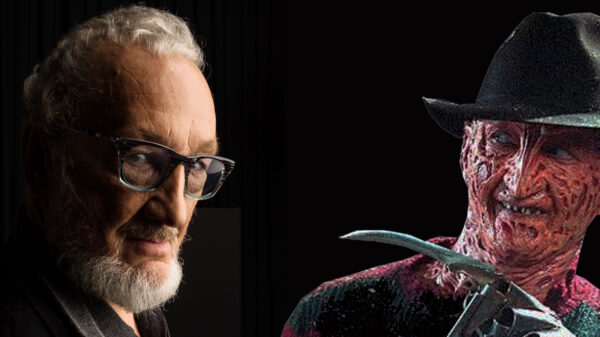

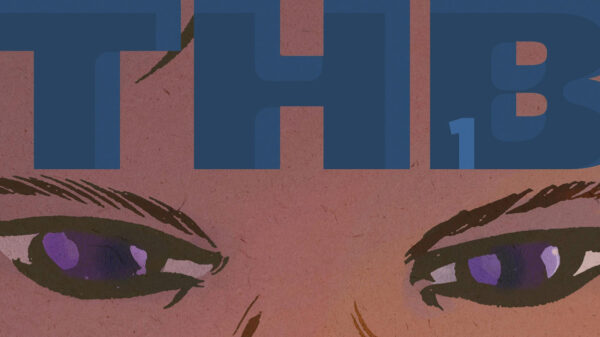

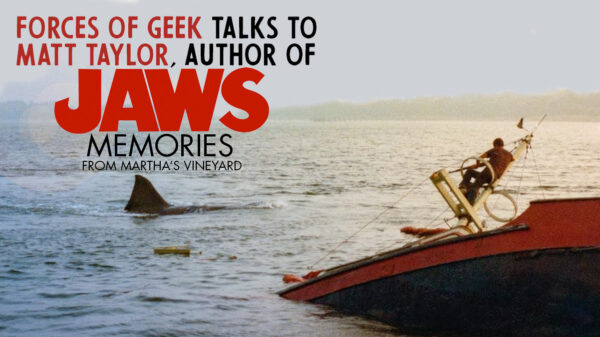
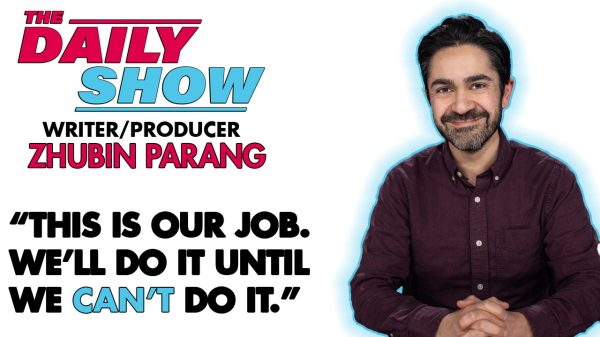
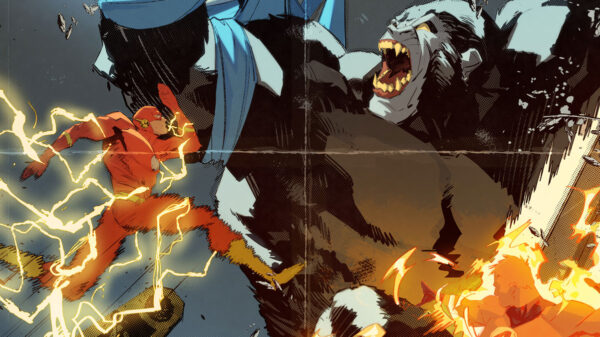
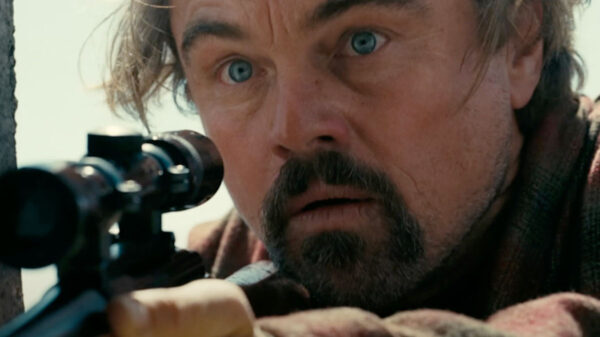
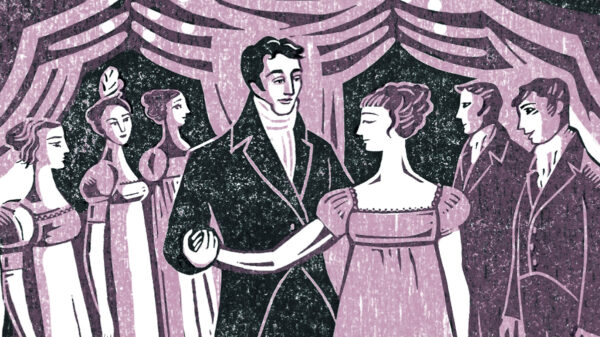
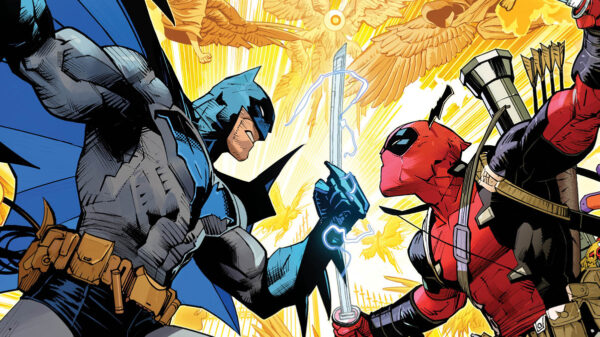




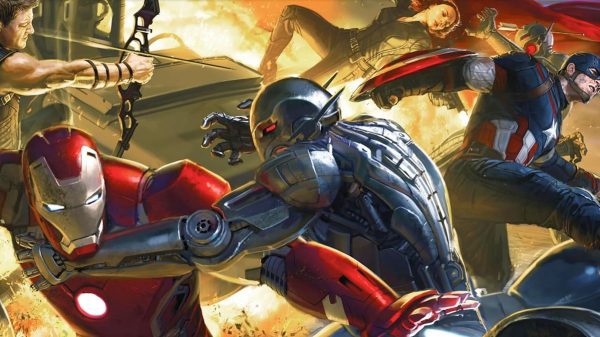

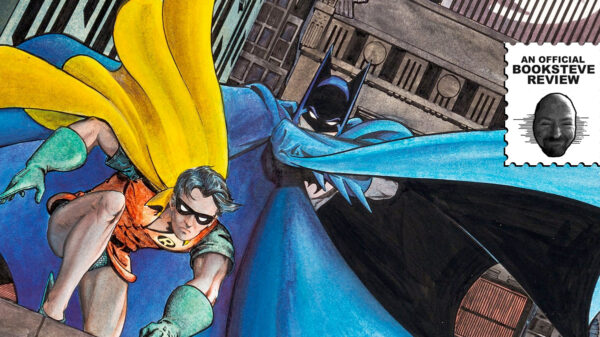
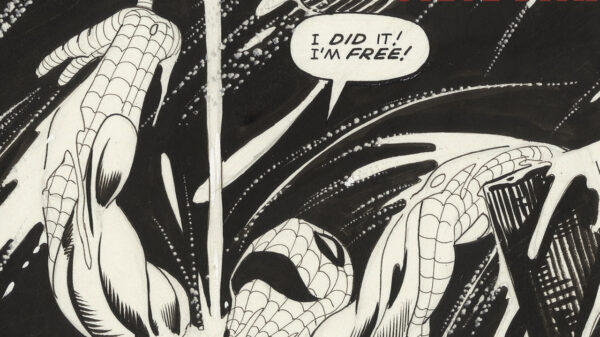
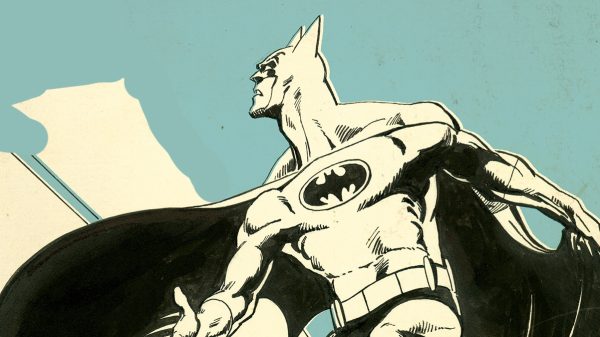



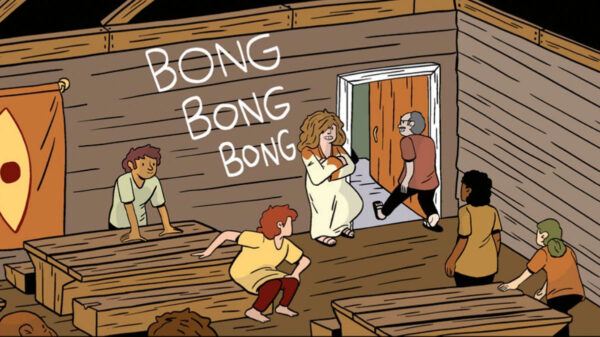
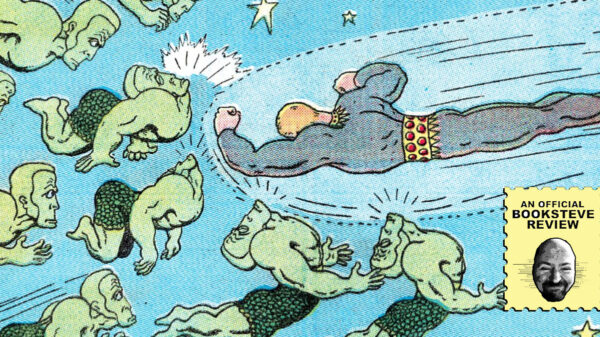
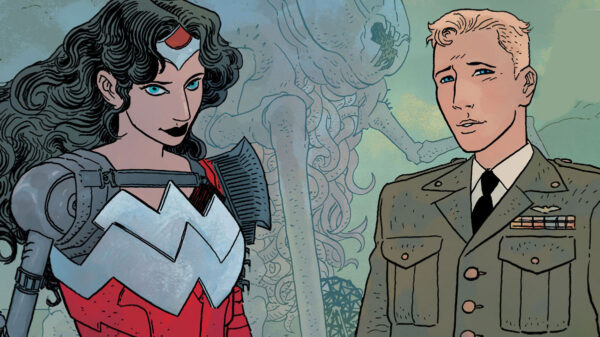









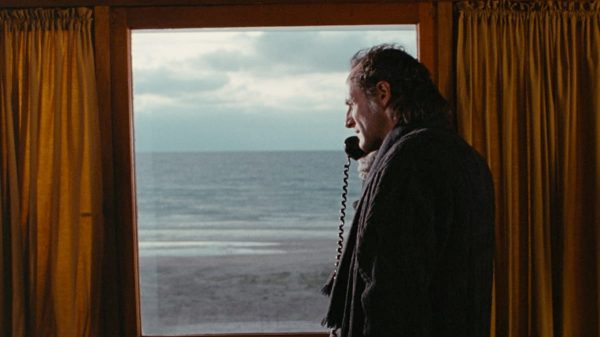
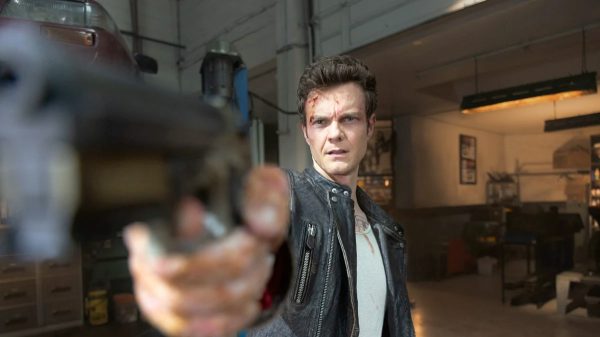
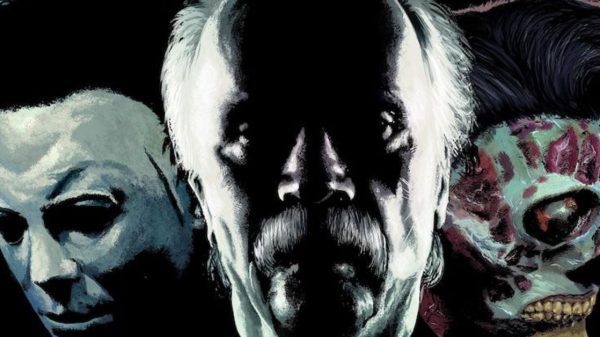
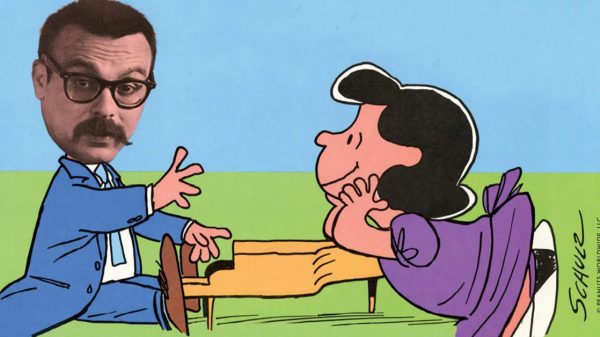
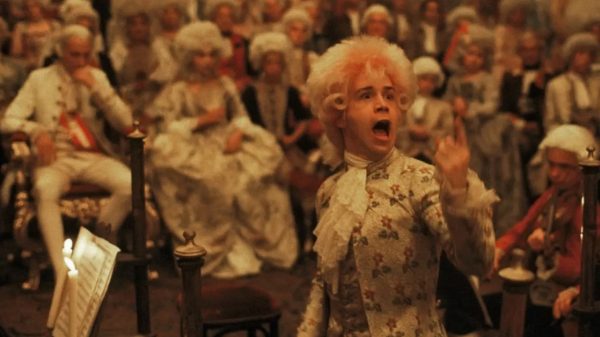











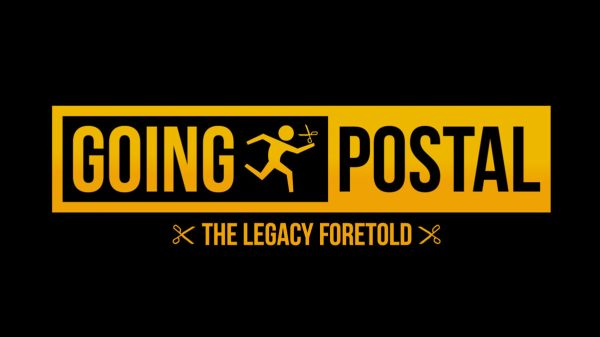


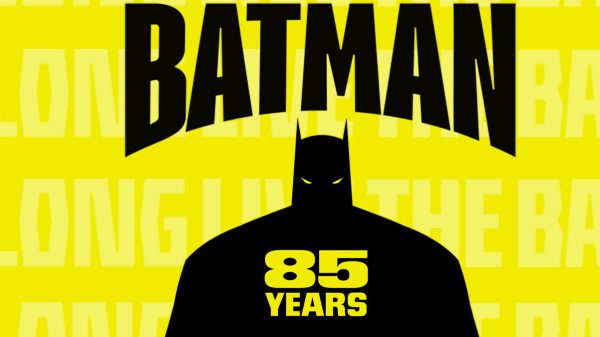


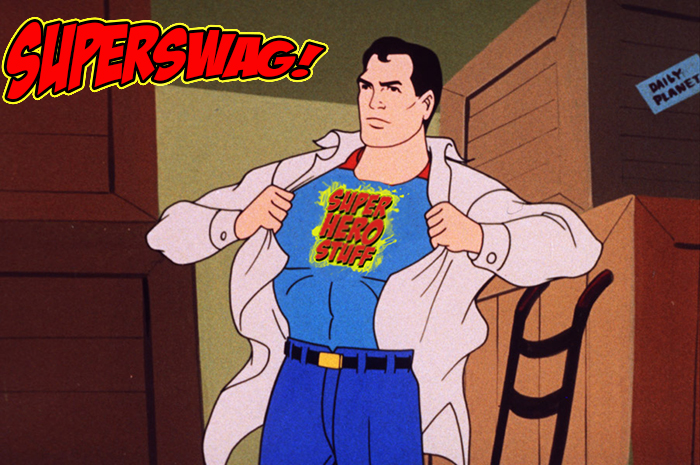

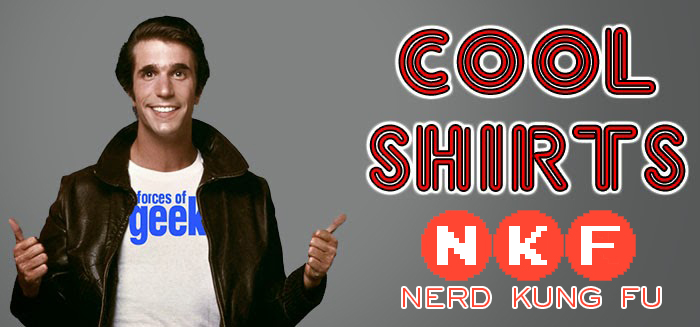
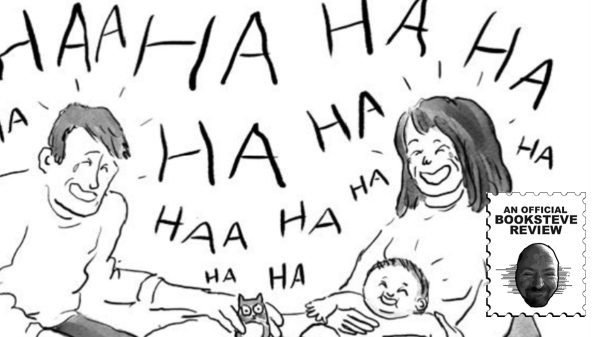



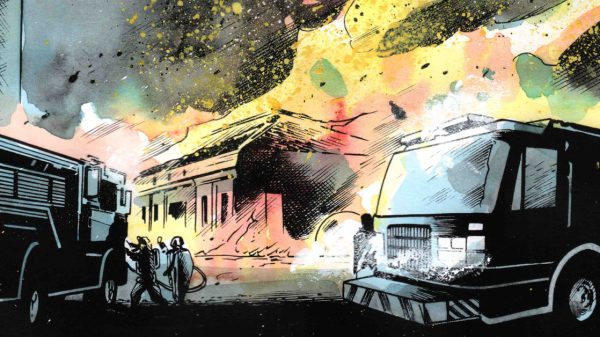




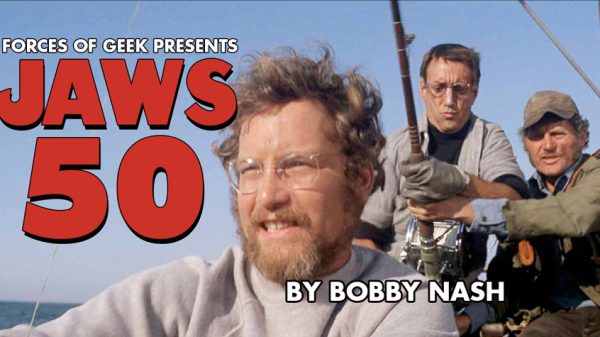









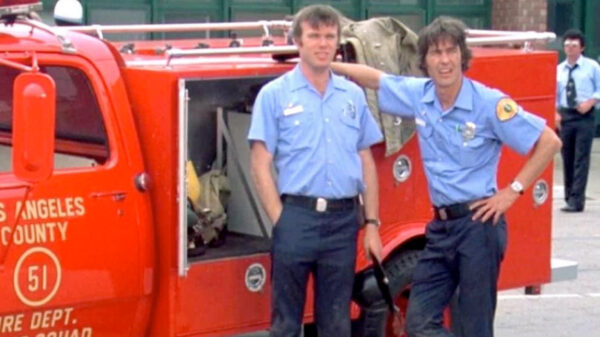
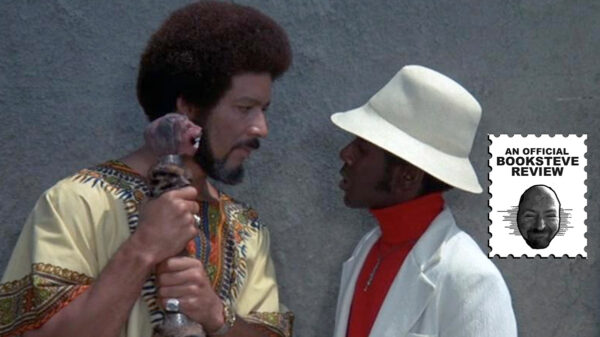
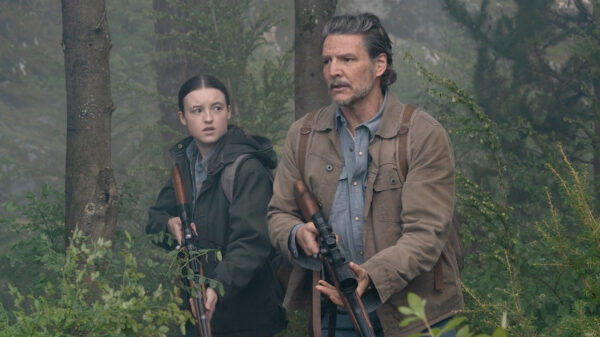




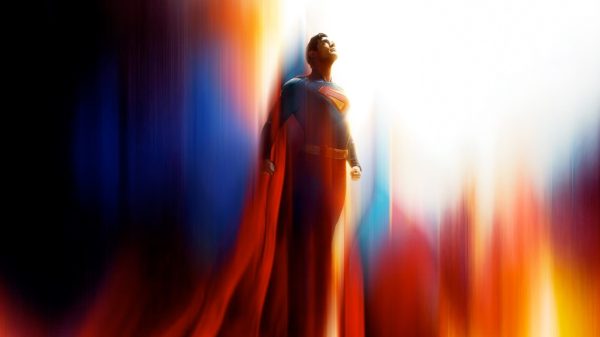





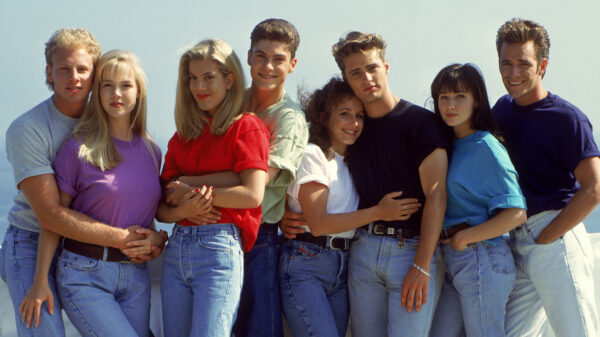
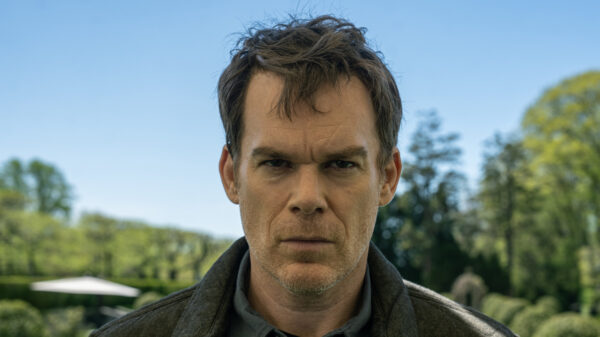
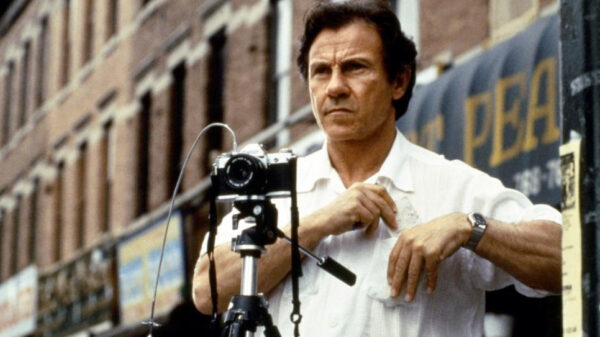
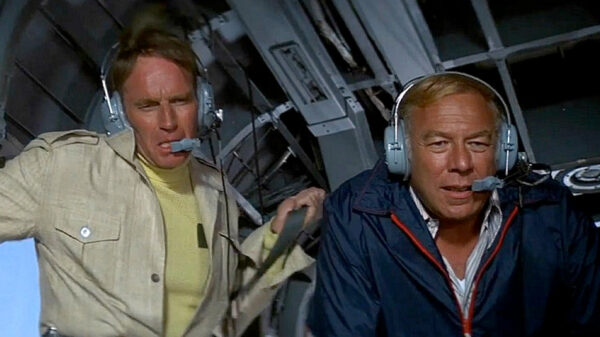




You must be logged in to post a comment Login